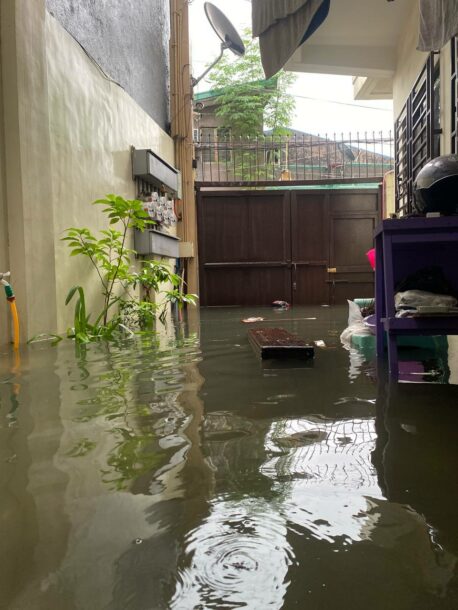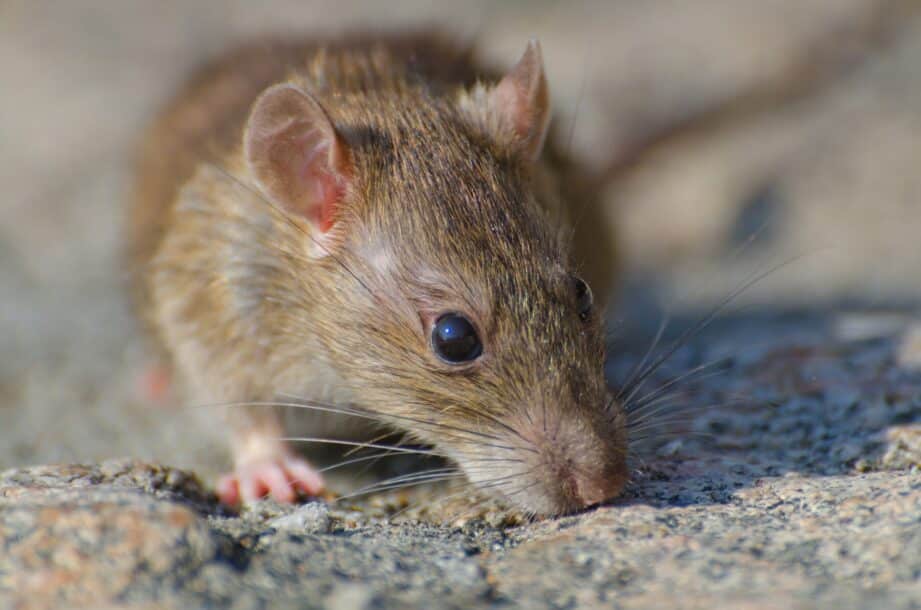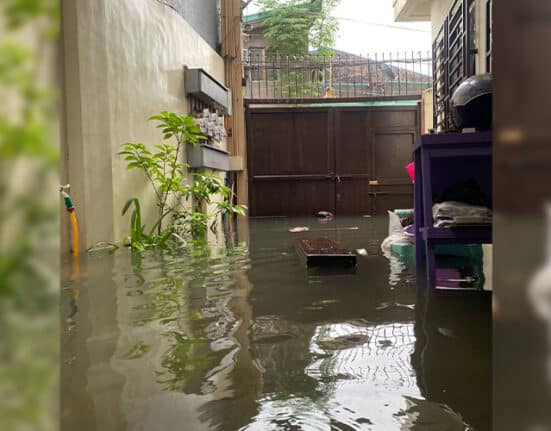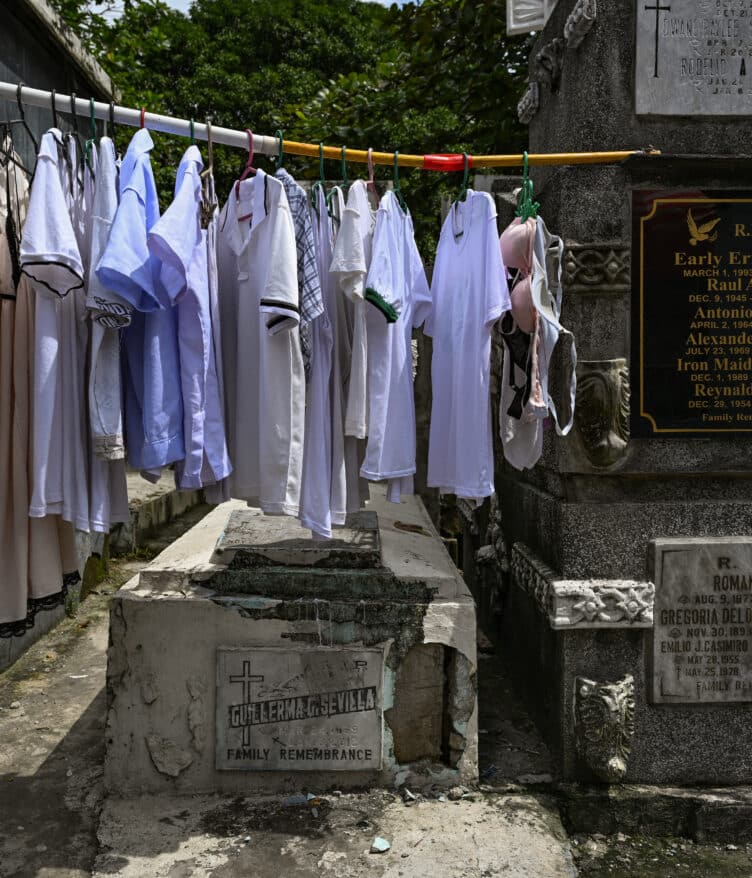THE DEPARTMENT of Health (DoH) has placed all its units nationwide on Code White Alert after the heavy rains and severe flooding that many Filipinos in Luzon faced in the last few days.
According to the DoH, a Code White Alert is issued when medical staff at hospitals and health offices need to prepare for, provide, or respond to emergency health services.

Photo Courtesy: Bryan Gadingan | republicasia
“With the inclement weather and flooding in various areas brought about by the southwest monsoon strengthened by Typhoon Carina, the [DOH] has declared a Code White Alert,” they said.
As of July 13, the DoH reported 1,258 cases of leptospirosis, with a decrease detected between June 2 and July 13. This data was 41% lower than the same period in 2023.
“However, case counts may still rise due to late reports, and especially with recent weather events like the enhanced southwest monsoon,” the DoH added.
Its dangers
According to DoH, leptospirosis is a bacterial disease caused by numerous strains of the Leptospira bacteria. Bacteria are typically spread by water or soil contaminated with infected animals’ urine (e.g. rats’).

This disease poses a risk in countries like the Philippines, where floods are common throughout the rainy season, especially during the prevailing La Niña.
People have a higher risk of getting leptospirosis in flooded locations, where sanitation and hygiene are compromised, because floodwaters serve as breeding ground for bacteria.
Symptoms
The first signs of leptospirosis can be vague and flu-like, such as fever, headache, muscle discomfort, and chills. However, as the infection spreads, it may result in more serious problems.
Severe complications of infection include liver or renal failure, lung bleeding, and inflammation of the membranes around the brain and spinal cord, known as meningitis.
Early detection and treatment of leptospirosis makes a huge difference. Prompt medical care can prevent the condition from progressing to a more severe stage and improve patient outcomes.
Public reminders
The DoH warned the public that swimming in floodwaters or handling soil, muck and filth after a flood, with or without apparent wounds, and only through exposed skin, could lead to leptospirosis.
If you were exposed to floodwaters, you should see a doctor right away even if leptospirosis symptoms show up a month later.
“Mas mabuti pong umiwas sa baha at putik para makaiwas magka-lepto. Sa mga kailangangang lumusong, gumamit ng bota hanggang tuhod,” said Health Secretary Dr. Teodoro Herbosa.

Photo Courtesy: Masjid Pogung Dalangan | Unsplash
“Hugasan agad ang katawan ng malinis na tubig at sabon pagkatapos. Kumonsulta agad sa doktor, wag maging kampante kasi matagal lumabas ang sintomas.”
If you must wade through floodwaters, it’s best to use safety gear such as rubber gloves, waterproof boots, and protective clothing to avoid contact with contaminated water.
When you reach home, rinse any flood water from your body with clean, preferably warm water. Use soap to thoroughly cleanse your skin, paying special care to any areas that may have been exposed to floodwater.
How useful was this post?
Click on a star to rate it!
Average rating 0 / 5. Vote count: 0
No votes so far! Be the first to rate this post.
We are sorry that this post was not useful for you!
Let us improve this post!
Tell us how we can improve this post?








